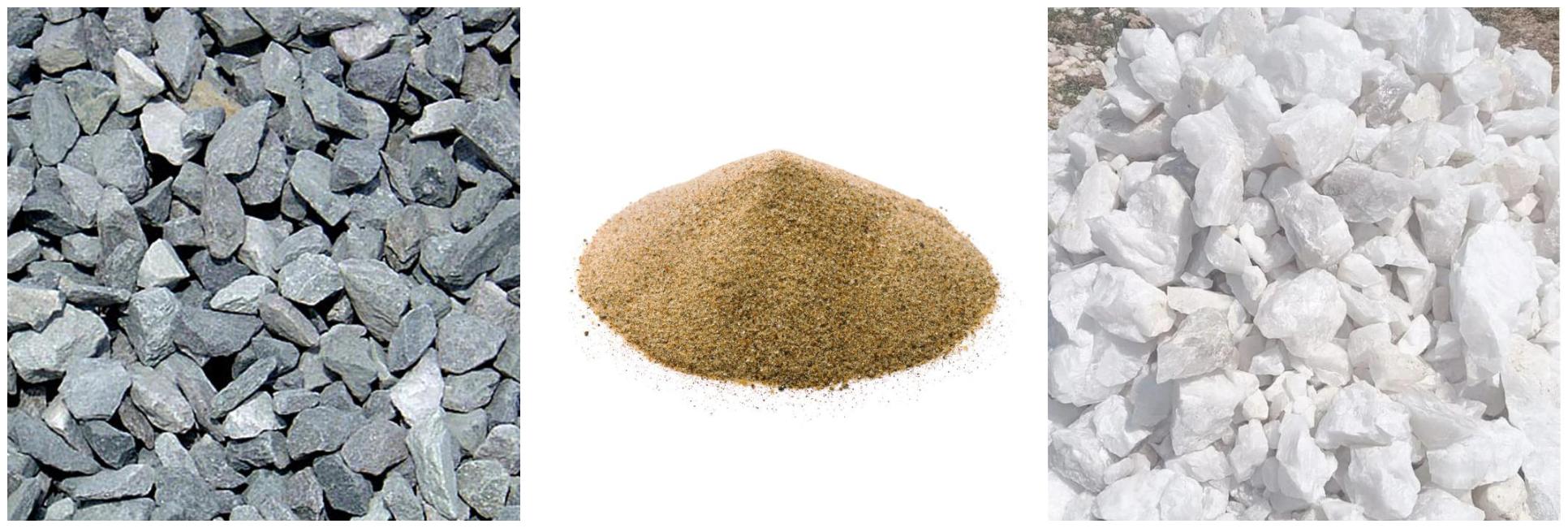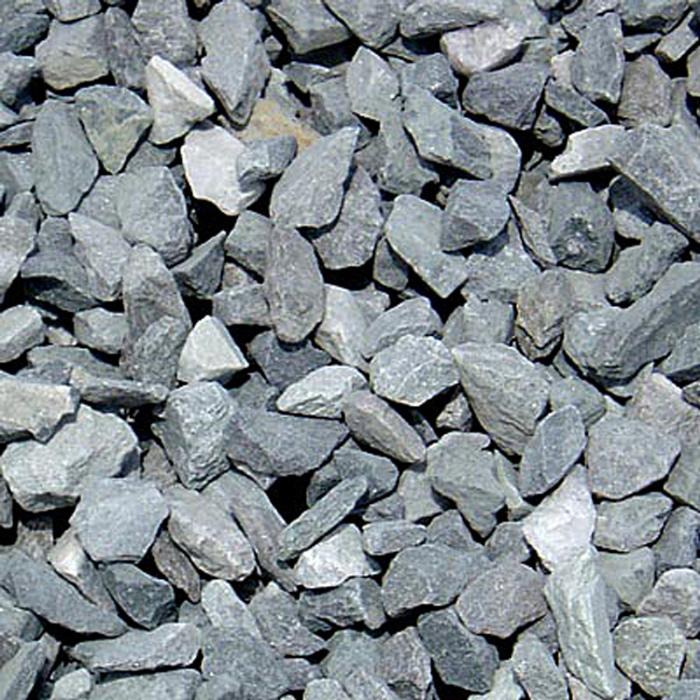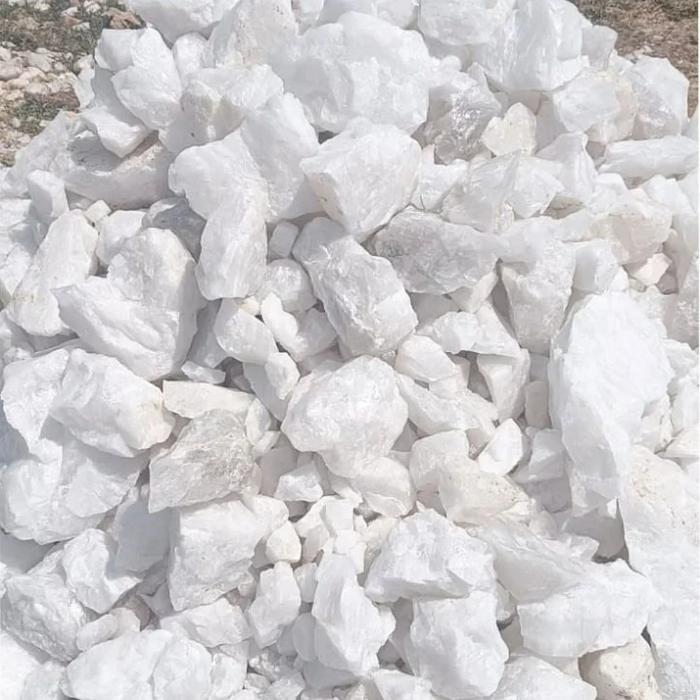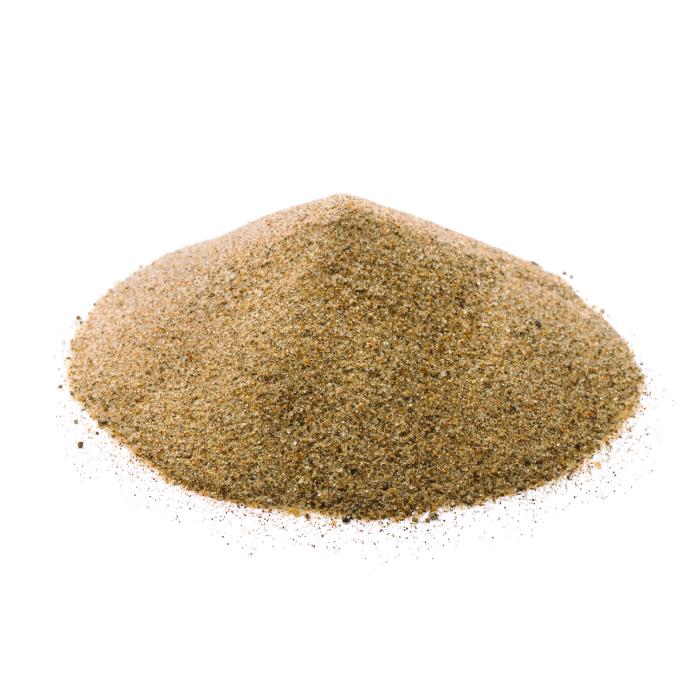
Crushed stone is a construction material made from rocks that have been broken into smaller pieces. It has many uses, including:
Crushed stone is often used as a base for concrete and paving projects, as well as for the foundations of structures and driveways.
Crushed stone is used to smooth and level roads.
Crushed stone can be used to improve soil conditions for growing crops.
Crushed stone is used as a bedding for underground pipes to provide support and leveling.
Crushed stone can be used to protect roofing and reduce heat from the sun.
Limestone, a type of rock that is often crushed into stone, is used as flux in blast furnaces.
Crushed stone is typically made from limestone, dolomite, granite, and traprock. Smaller amounts of marble, slate, sandstone, quartzite, and volcanic cinder are also used.
Crushed stone is created by quarrying, a process that involves drilling and blasting to break the rock into smaller pieces.

Silica quartz, also known as silicon dioxide or crystalline silica, is a hard, chemically resistant mineral that is commonly used in industry and in the production of glass:
Quartz is the most common crystalline form of silica, a mineral made up of silicon and oxygen. It is the second most abundant mineral in the Earth’s crust and the most abundant mineral on its surface. Quartz is highly abrasive, with a Mohs hardness value of 7.
Quartz is used in a variety of applications, including:
Pure quartz silica is used to make glass because of its transparency.
Quartz is used in radios, televisions, and other electronic communications equipment.
Quartz is a popular choice for jewelry and hardstone carvings. Some varieties of quartz are classified as gemstones, including rock crystal, amethyst, and citrine.
Quartz is used in building materials.
Silica sand root-zone products are used to improve the playing surfaces of golf courses and football fields.
Inhaling finely divided crystalline silica can cause severe inflammation of the lung tissue, silicosis, bronchitis, lung cancer, and other diseases.

Silica sand is a granular material made up of tiny quartz particles that is used in many industrial applications:
Silica sand is primarily made up of silicon dioxide (SiO2), and is usually over 95% pure.
Silica sand is usually white or colorless, but impurities can make it appear gray, pink, or brown.
Silica sand has fine to medium-sized grains, and is often uniform in size.
Silica sand is hard and resistant to weathering.
Silica sand is used in the production of glass, ceramics, and foundry casting, as well as in filtration, hydraulic fracturing, and other industrial applications.
Silica sand is found in natural deposits around the world, forming over millions of years as wind and water erode silica-containing rocks like quartz and granite. These eroded minerals accumulate in riverbeds, beaches, and dunes.
Exposure to silica dust can lead to lung cancer, silicosis, kidney disease, and chronic obstructive pulmonary disease.

B2B Global Supplies is one of the most leading Integrated Shipping & Trading Company in the Region. B2B Global Supplies is very much involve to provide total Shipping Logistics & Trading solutions for their customers all over the world
B2B Global Supplies is one of the most leading Integrated Shipping & Trading Company in the Region. B2B Global Supplies is very much involve to provide total Shipping Logistics & Trading solutions for their customers all over the world
©2023. B2B GLOBAL SUPPLIES SHIPPING & TRADING. All Rights Reserved.